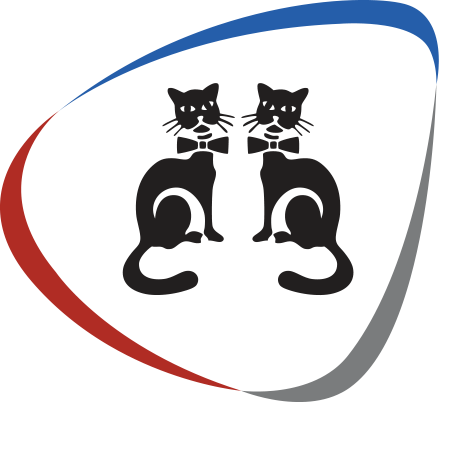Copy Cat - Connecting East Africa to the Future
With 40 years of experience across East Africa, we deliver cutting-edge technology and office automation solutions tailored to your business.
By placing your needs at the center of our services, our skilled team brings expertise in emerging technologies, including cloud computing and cybersecurity, ensuring scalable, adaptable solutions that support your business growth.




